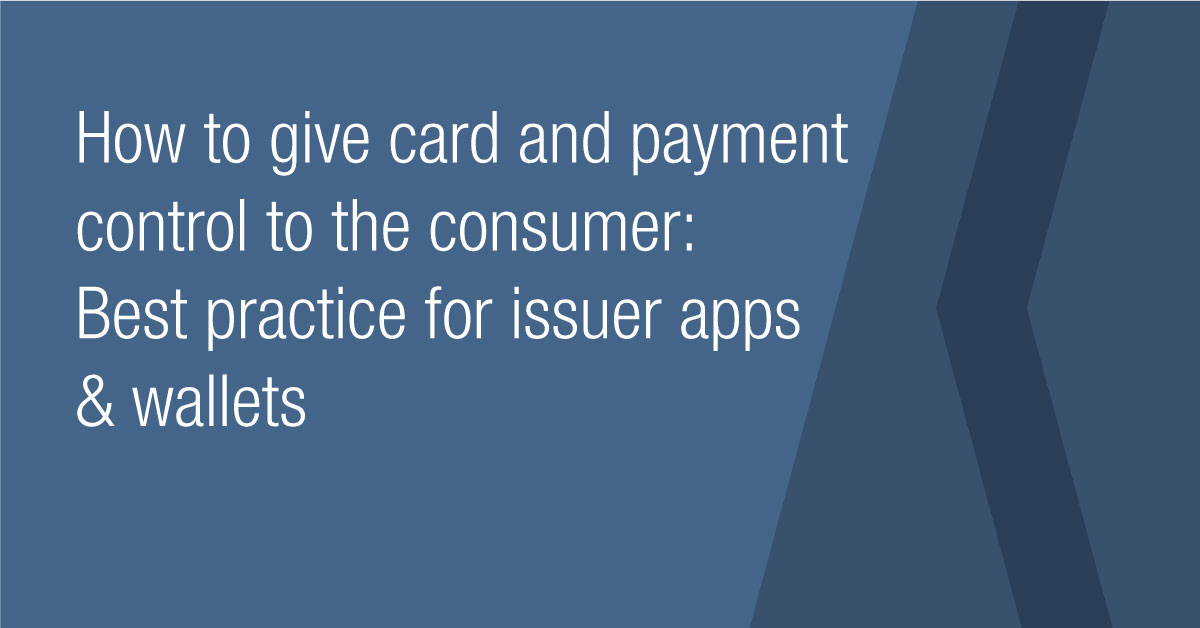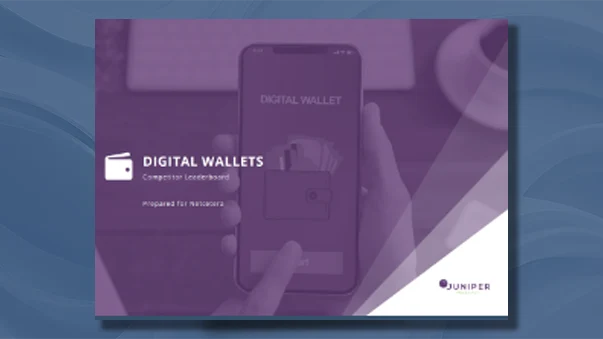In the first half of 2019, digital banks accounted for 13 percent of all account openings in the UK, and 15 percent of 25-34 year old’s had an account with a digital bank. According to current estimates, Fintechs will take 14 per cent of the turnover from traditional banks in 2025.
There is no doubt about how customer behaviour will change: Consumers are always online, use mobile devices, feel less loyal towards traditional banks, want to see immediate results and benefit from a modern user experience. In addition, consumers tend to use a payment application every day and a banking application every week, but visit an ATM only once a month and a bank branch only once a quarter or even less.
Occupy frequently used contact points
If you can occupy the most frequently used contact points, you have the best chances of winning customers. Contact points for payment are increasingly occupied by GAFAs such as Apple and Google Pay, but also the opening of banking via PSD2 over Access-to-Account (X2A) allows new providers to serve the customer interface for banking.
Occupying the customer interface is so important because it allows you to communicate your own brand, build and maintain trust and finally offer additional services or even replace the services of banks – keyword Apple Card in the USA.
When comparing the banking apps available in Germany, several points stand out: Neobanks in rankings by Stiftung Warentest and directly by consumers have not received top ratings so far. And while the classic banks already offer open banking functionalities in their apps, this is not yet the case with Revolut or N26, for example. Additionally, only very few banks have so far enabled mobile onboarding for new customers.
As far as the management of their own cards is concerned, new banks offer their customers quite a lot of options and additional services, such as card blocking, release or blocking of certain types of transactions (GAA, online), limit control, geo-blocking or PIN management. The classic banks are still rather reluctant to offer these services.
Avoid bad user experiences
Banks can also avoid poor user experiences with mobile payment by using the possibilities offered by smartphones. If customers pay by smartphone and still have to enter their PIN at the POS terminal, they will certainly not find this particularly customer-friendly. CDCVM (Consumer Device Cardholder Verification Method) offers the opportunity to use the fingerprint or Face-ID to authorize payments.
Smartphones can also be used to perform PSD2-compliant in-app registration and push-based authentication for 3-D Secure. This is much easier and more convenient for customers than registering on a PC via a bank portal. Many banks still have some catching up to do in this area.

